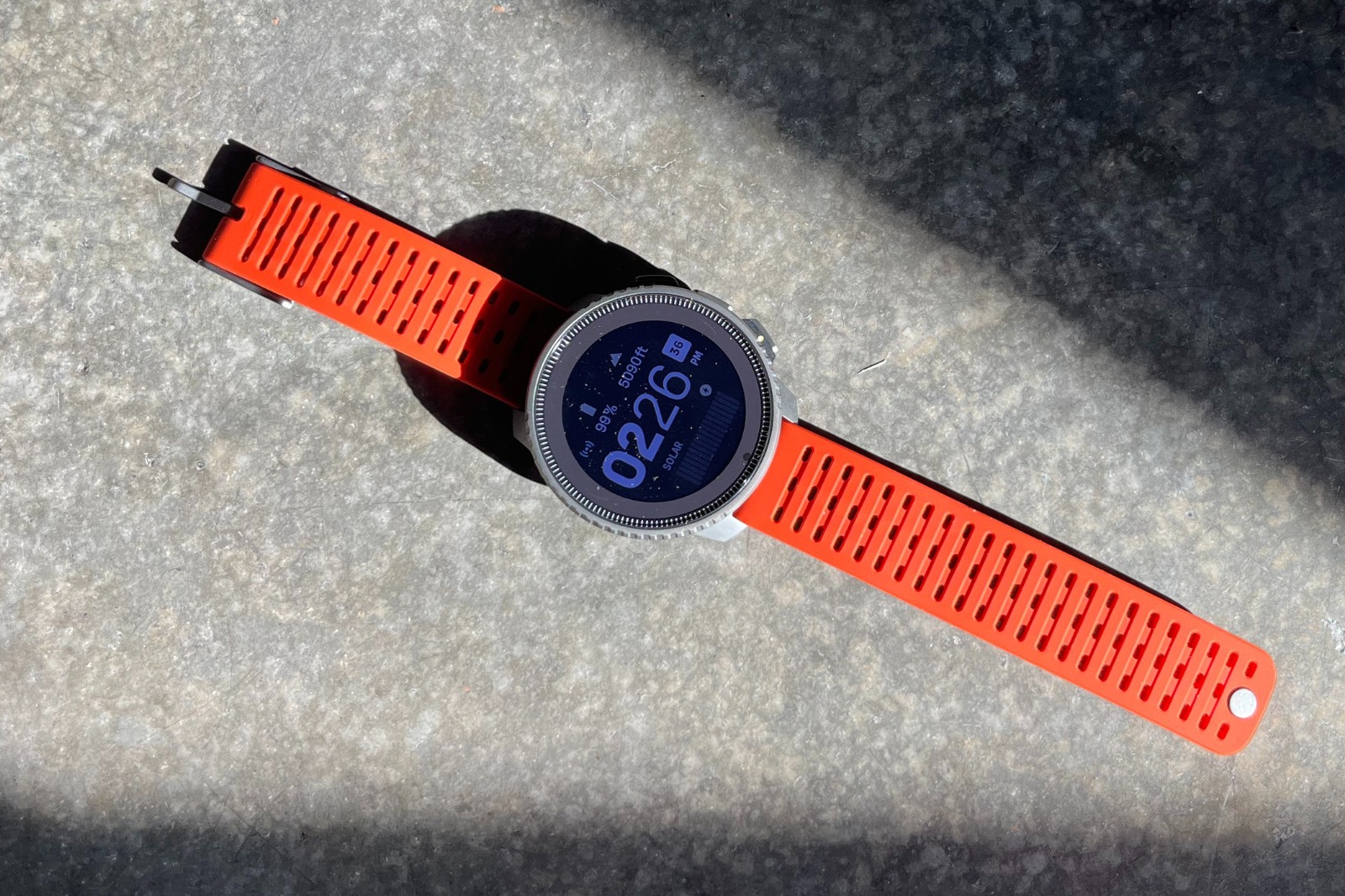
We independently review everything we recommend. When you buy through our links, we may earn a commission.
Steel: 3.03 oz. (86 g)
Titanium: 2.61 oz. (74 g)
Steel: Up to 60 days
Steel and Titanium Solar: Up to 1 year
GPS, GLONASS, GALILEO, QZSS, BEIDOU
Steel or Titanium case, Sapphire crystal face, Silicone band
Steel: Black, Lime, Sand, Ruby
Steel Solar: Black, Sand, Canyon
Titanium Solar: Forest, Black, Sand, Canyon
From $629
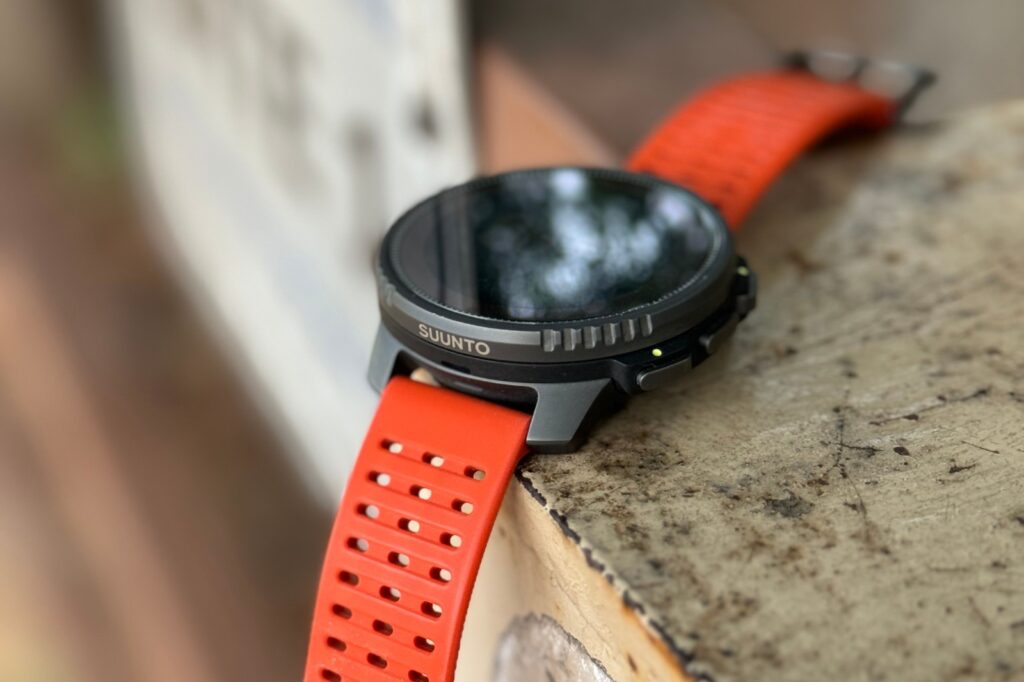
MICHAEL: According to Wikipedia (my personal favorite trusted source for any sort of information, really), technological stagnation is the theory that a technological product or service, given sufficient resources, will exhibit slow growth until a breakthrough of some sort comes along, resulting to a brief period of intense exponential growth, but ultimately ending with asymptotic behavior tending towards some steady, slow progress for quite some time until the next big breakthrough takes place. Stick with me; I promise there’s a point to this.
The smartphone is an example of a technology that seems to be becoming increasingly stagnant, just like the automobile. I mean, when I was in elementary school, we all thought for sure we’d be driving around in flying cars by 2020, and instead, all we got was a weird polygon truck and COVID.
On the other hand, I would argue that we’re witnessing an exponential phase of technological advancement in GPS watches. Not only are all the usual suspects (like Garmin) investing more money into wearables, but newcomers like Coros are getting in on the fun as well, not to mention Apple’s relatively recent release of the Apple Watch Ultra in 2022. With wildly impressive battery life and ultra-accurate GPS navigation features, it seems like with every new release, we get to witness one company or another pushing the envelope further into what we previously thought impossible for a wearable device.
One such company, Suunto, seems to just be coming around to the ultra-capable watch market. Improving on the storied Suunto 9 in almost every way, its most recent release is simply dubbed the Vertical. Competing with the likes of the Garmin Fenix and Enduro, and the Coros Apex and Vertix, the Vertical features incredible battery life, an all-new updated case with a solar option, updated dual-frequency GPS, 24/7 heart rate monitoring, increased smartphone compatibility features, and offline topographic maps that are downloadable via Wi-Fi. Simply put, this thing has got THE WORKS.
While the new update of the Suunto Vertical is already much improved over its predecessor, the Suunto 9, I got to experience even more improvement over my old watch, a Garmin Forerunner 230-something I picked up about five or so years ago. Attempting to compare the two is like apples and oranges, so I won’t try to go into detail there, but I do think it is worth noting I represent an athlete who went from a simple GPS watch that basically just told me how far and fast I was going, to a highly engineered top of the line work of art. I hope my review is a testament to the usability of such a device and how easy the Suunto Vertical is to pick up and figure out for a super-watch newbie like myself. Anyway, enough of my ramblings… let’s get on with the review!
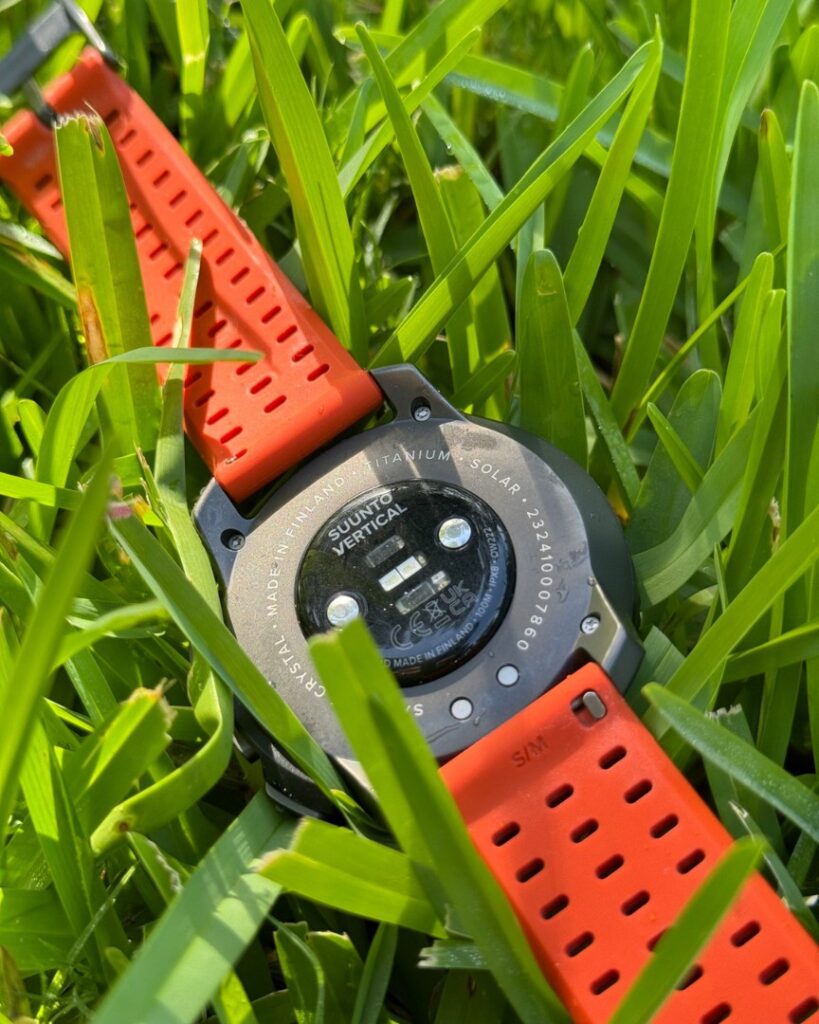
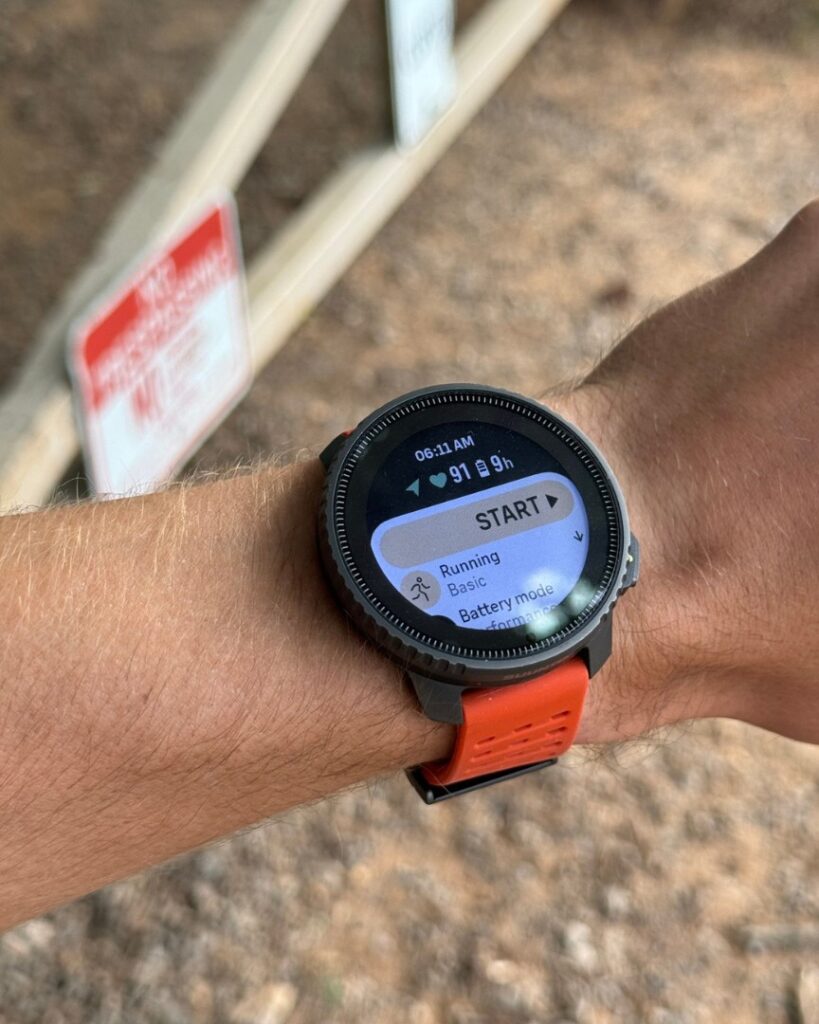
MICHAEL: Positioned at the top of the Suunto lineup, the Vertical shows off some serious hardware bling, albeit appropriately for a $600-plus wristwatch. I received the Titanium Solar version, and I must say this thing is pretty beautiful. While the general form of the watch is somewhat thick and heavy, after wearing it around for a few days, I never found it to be unwieldy or uncomfortable. To the right of the display, three pronounced, distinct buttons offer some control of the screen when the touchscreen may be unavailable for whatever reason (gloves, water, etc.).
For all of the Vertical’s premium hardware, I think these buttons may be my favorite feature. Interacting with them is a joy to a detail-oriented appreciator of the little things. The clicks are distinct, and the alternating height of the buttons makes them easy to feel and use when pausing an activity or flipping through menu screens without looking.
In addition to the refined hardware, the vertical also has some software features that really stuck out to me. These days, GPS watches are inextricably tied to the quality of their associated smartphone app. After using Garmin Connect for so many years, I worried that a brand-new app would be a pain to learn. On the contrary, I found Suunto’s app to be thoughtfully organized and easy to learn, with no bugs or connectivity issues to report on for about four weeks of use. Syncing activities and routes with Strava and other third party route planners was totally seamless, and the Suunto app itself possesses some pretty great in-house training log and route planning services.
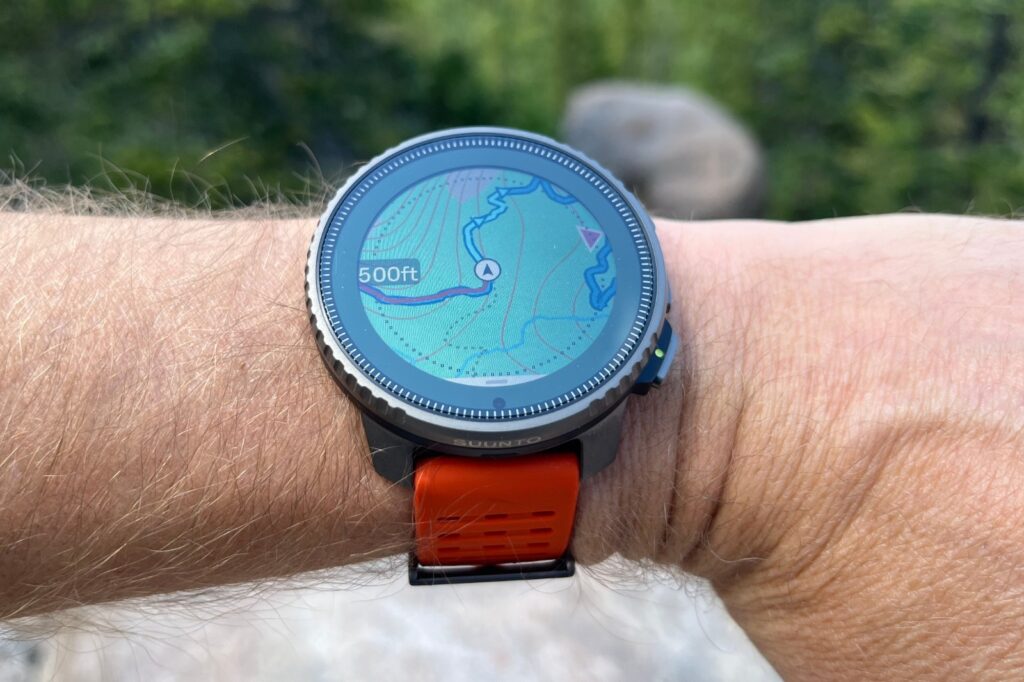
So, the app is great; what about the watch itself? While I’ll probably write a good bit in the bad section here, there is a lot to appreciate about interacting with the watch. First, and perhaps most notably, the mapping and navigation tools of this watch are powerful. Never before have I felt so confident about starting a long bike ride or running in the backcountry with no worries about how to find my way back to the car. There are probably a thousand details to go into here, so I won’t get too into the weeds.
In addition to navigational ability, all the other features you’d expect from a watch at this caliber (and price tag) are here — dozens of activity profiles, relatively smooth scrolling through menus, low-power mode and battery details, solar charging, smartphone notifications, you name it.
In my day-to-day training, I rarely use mapping features, route planning, navigation, or any of that jazz. To be honest, Birmingham just doesn’t have that many trail networks around to get lost in. That all changes when I travel for work, wherein I found Suunto’s route planning and map downloading to be wildly helpful and surprisingly easy to use. I already mentioned above how great the app is — whether you’re using Strava, MapMyRun, or Suunto’s in-app route planner, syncing routes with the watch is an absolute breeze and works quickly and seamlessly.
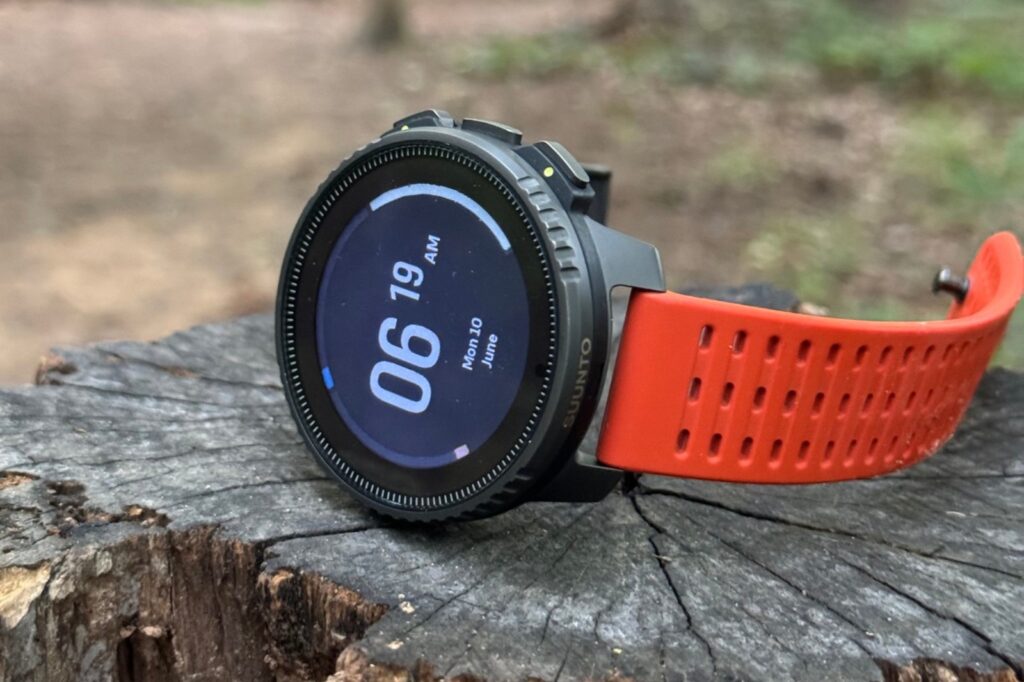
Additionally, I found the downloadable topographic maps to add an extra level of navigational magic to my runs. Gone are the days of stopping, pulling my phone out of my pack, and trying to see if I have enough cell signal to pull up Strava. It is worth noting, however, that these Wi-Fi maps have to be downloaded at a common Wi-Fi access point, such as your house, and will not work off obscure hotel Wi-Fi in Ketchikan, Alaska (speaking from experience here).
Lastly, of course, I should mention that this watch’s battery life is absolutely fantastic. I’ve only had to charge the watch maybe once or twice during my test period, but the problem with that is that I keep losing the charging cord since I go so long between charges.
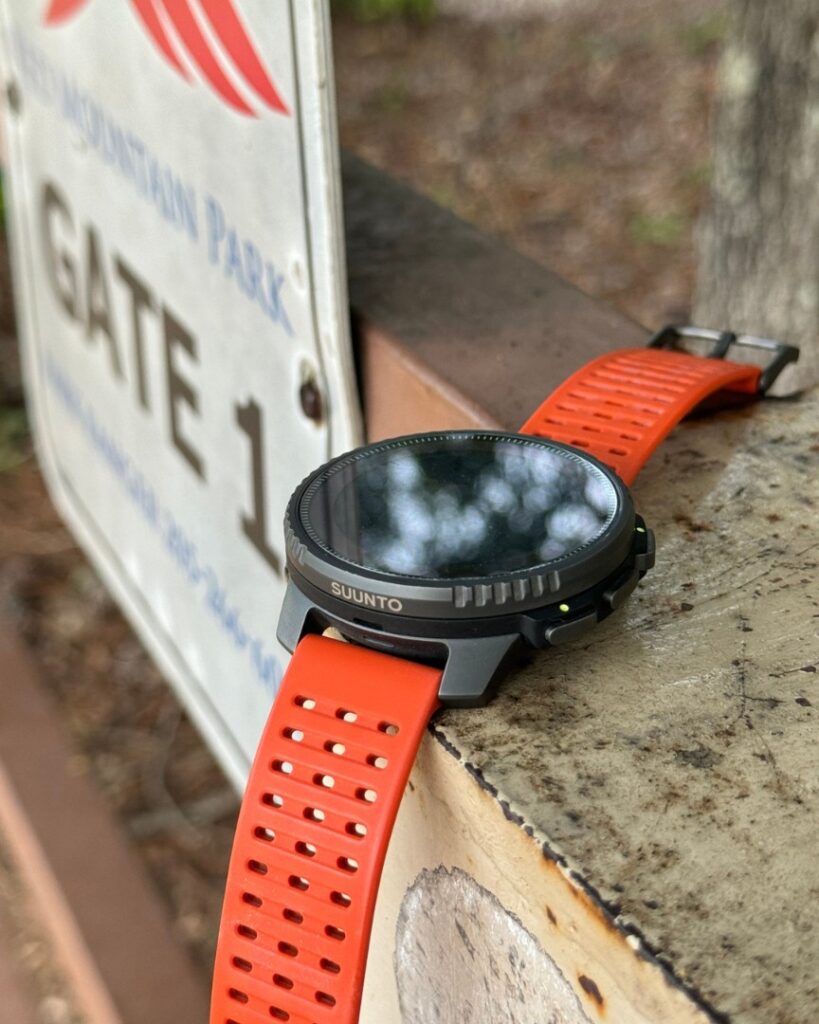
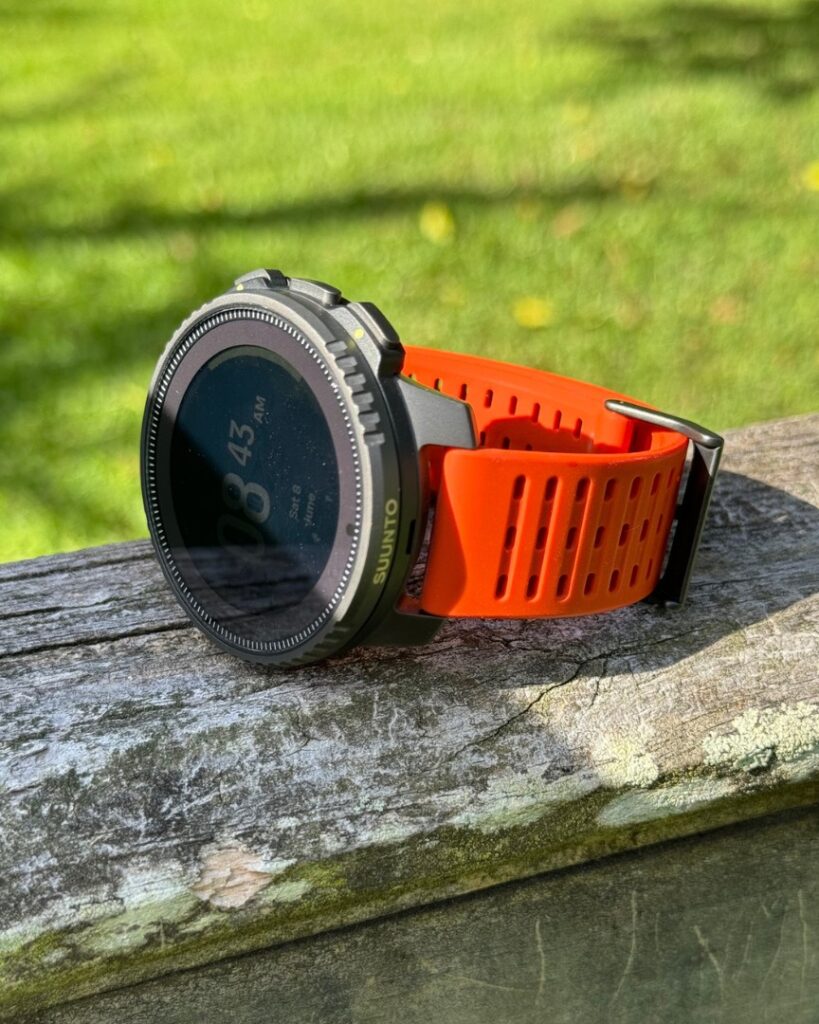
MICHAEL: While the Vertical’s construction is fantastic, there are a few things I would like to see improved. First off, the charger connectivity is really hit or miss. Like that frayed iPhone charging cable you have in your car that only charges if you hold it in just the right little spot, the magnetic puck charger is way too touchy when it comes to maintaining a solid connection.
Drawing on another smartphone analogy, when water or sweat gets on the touch screen, the ease of use of the navigational tools goes from easy to frustrating — and quickly. Thankfully, when the screen gets wet it doesn’t cause the screen to bug out, and the watch can still be manipulated with the side buttons. Thankfully, those buttons are fantastic to use, but it is an inconvenience when trying to pan around on a map.
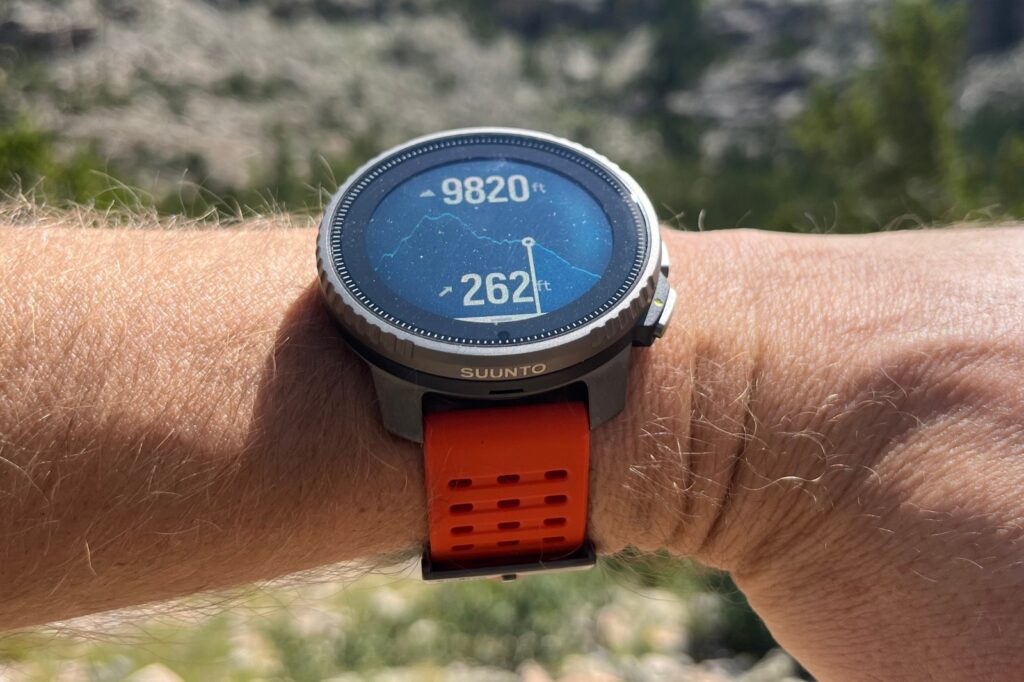
These hardware issues bring me to my next complaint — the software. Of course, the Vertical is a fairly new platform for Suunto, so I’ll cut them some slack in this department, but there are a few features that I think could really benefit this watch. As it stands, when you go to start an activity, you get myriad options for route guidance, GPS accuracy, and the standard auto-stop and wrist heart rate toggle switches. I would love for there to be a way to disable the touch screen from the start menu of each activity to completely eliminate the aforementioned sweat and water issue.
Lastly, I had several issues with entering/exiting certain windows and functions. On one gravel ride where I was using the mapping extensively (and successfully, I should add) to navigate the spiderweb nest of Alabama gravel roads (filled with spiderwebs themselves), I got stuck in the mapping/navigation screen and couldn’t get out. Thankfully, I had toggled on the auto-pause because I had no way to see my mileage, elapsed time, or pause my ride. Ultimately, I had to do a soft reset of the watch, and thankfully, it saved my activity. Issues like this are rightfully frustrating because, well, the thing costs $850. On the bright side, however, this could be easily fixed with a software update.
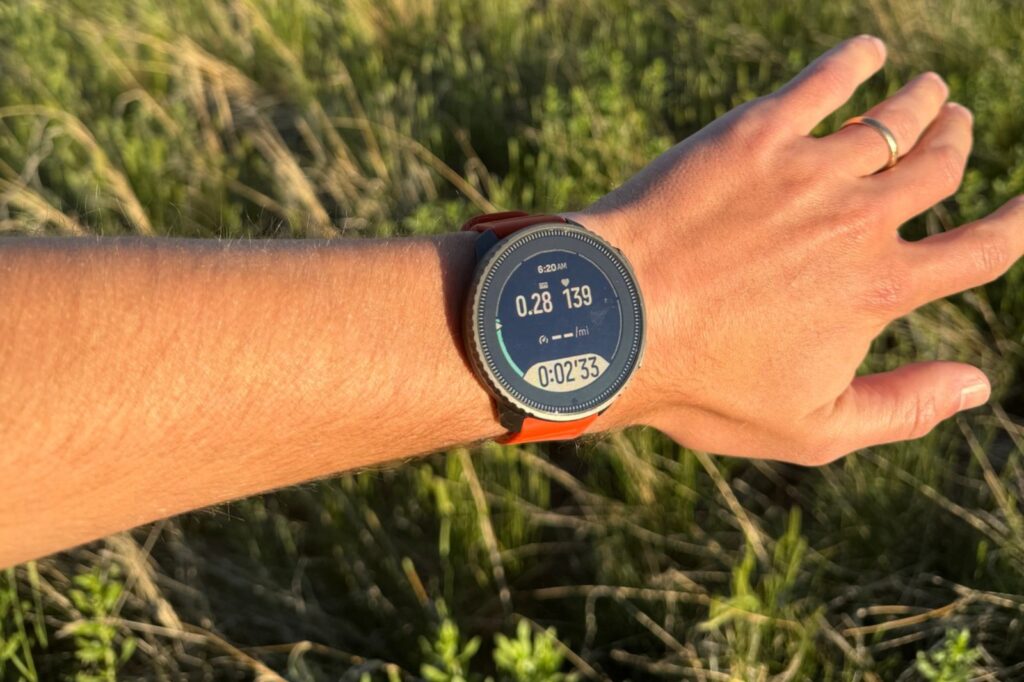
MICHAEL: If you’re looking for a capable, precise GPS watch that ventures out of the Coros bubble, the Suunto vertical is a fantastic option. It’s expensive, but with a few software updates, this piece of ultra-premium hardware has serious potential to last for years.
You can pick up the Suunto Vertical starting at $629 using the button below.
Shop The WatchHave something to say? Leave a Comment

An engineer living with his wife and cat in Birmingham, Ala., Michael loves chill morning runs in the neighborhood, but especially enjoys soaking up long miles of technical southeast singletrack. Occasionally, he’ll get a racing itch and actually string together some “organized” training for a trail race or FKT. In his free time, Michael enjoys books, backpacking, and hanging out with friends.
More from Michael